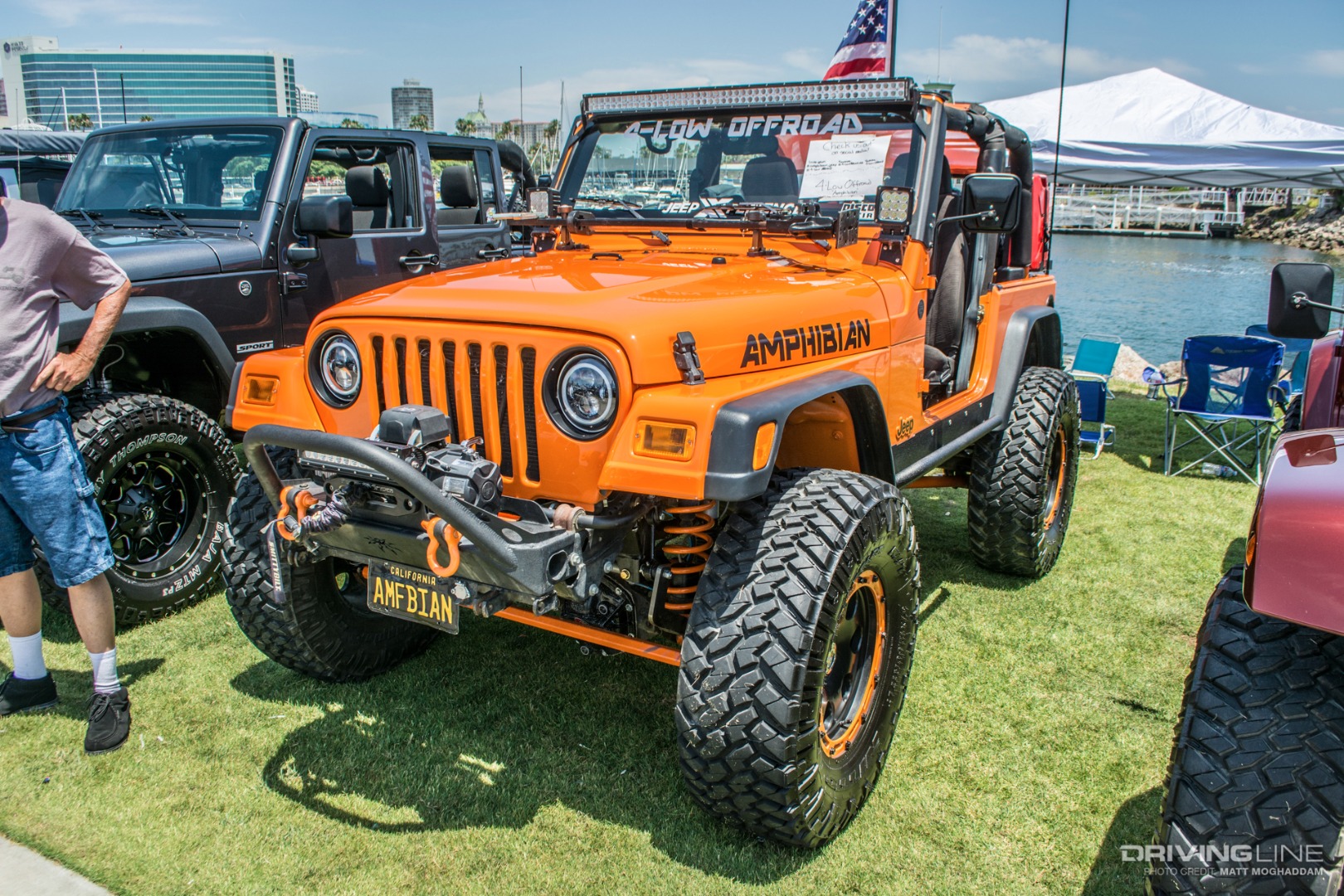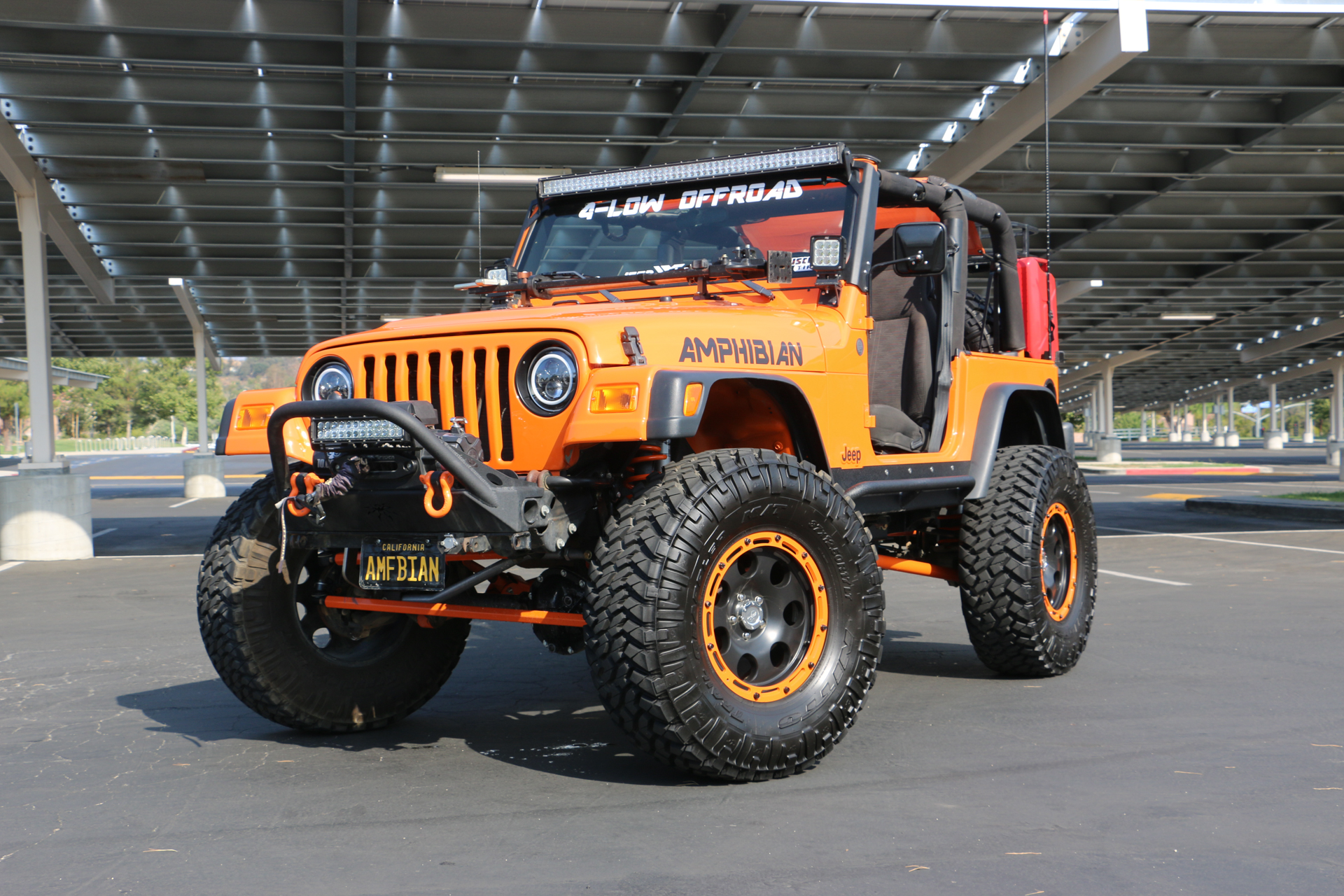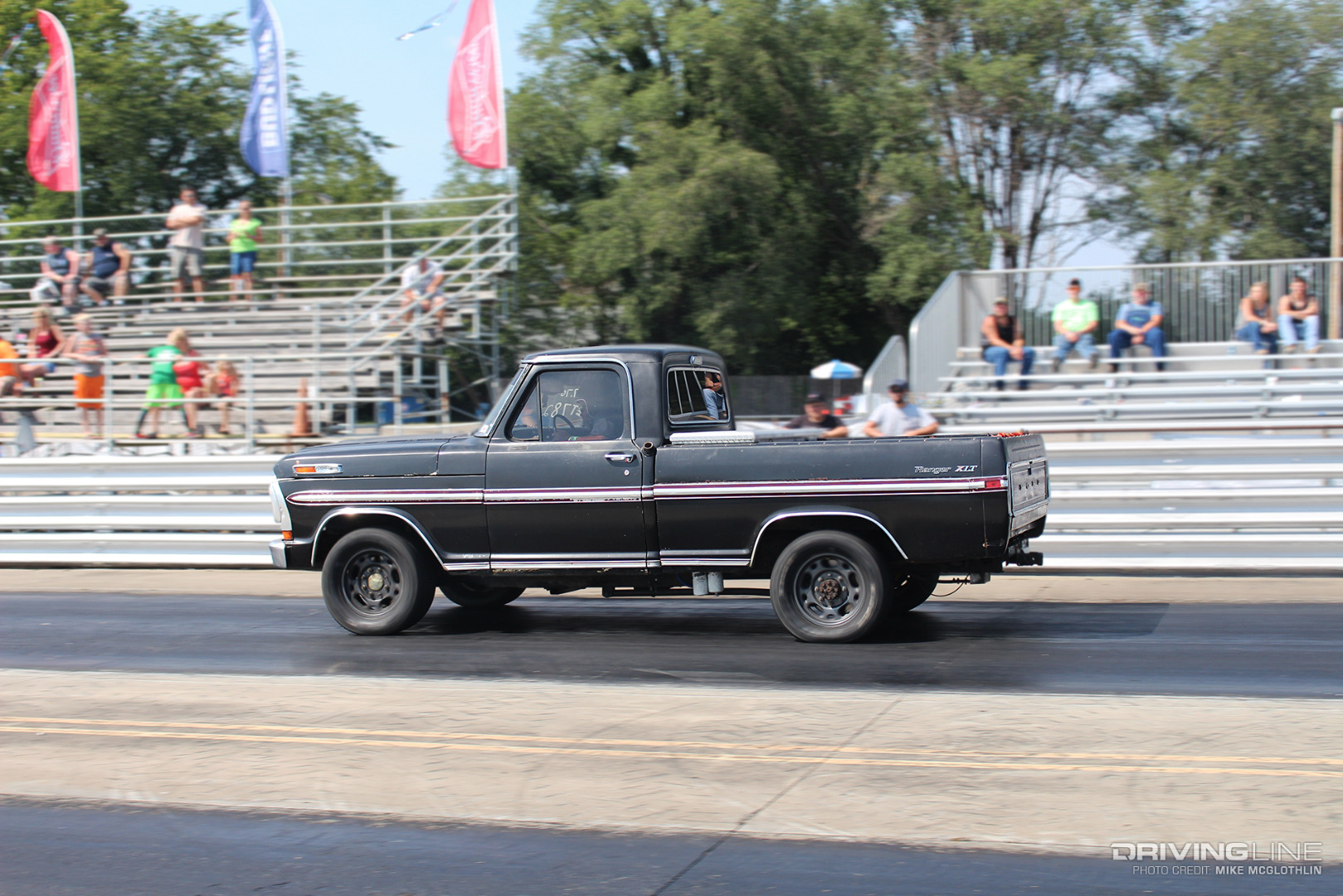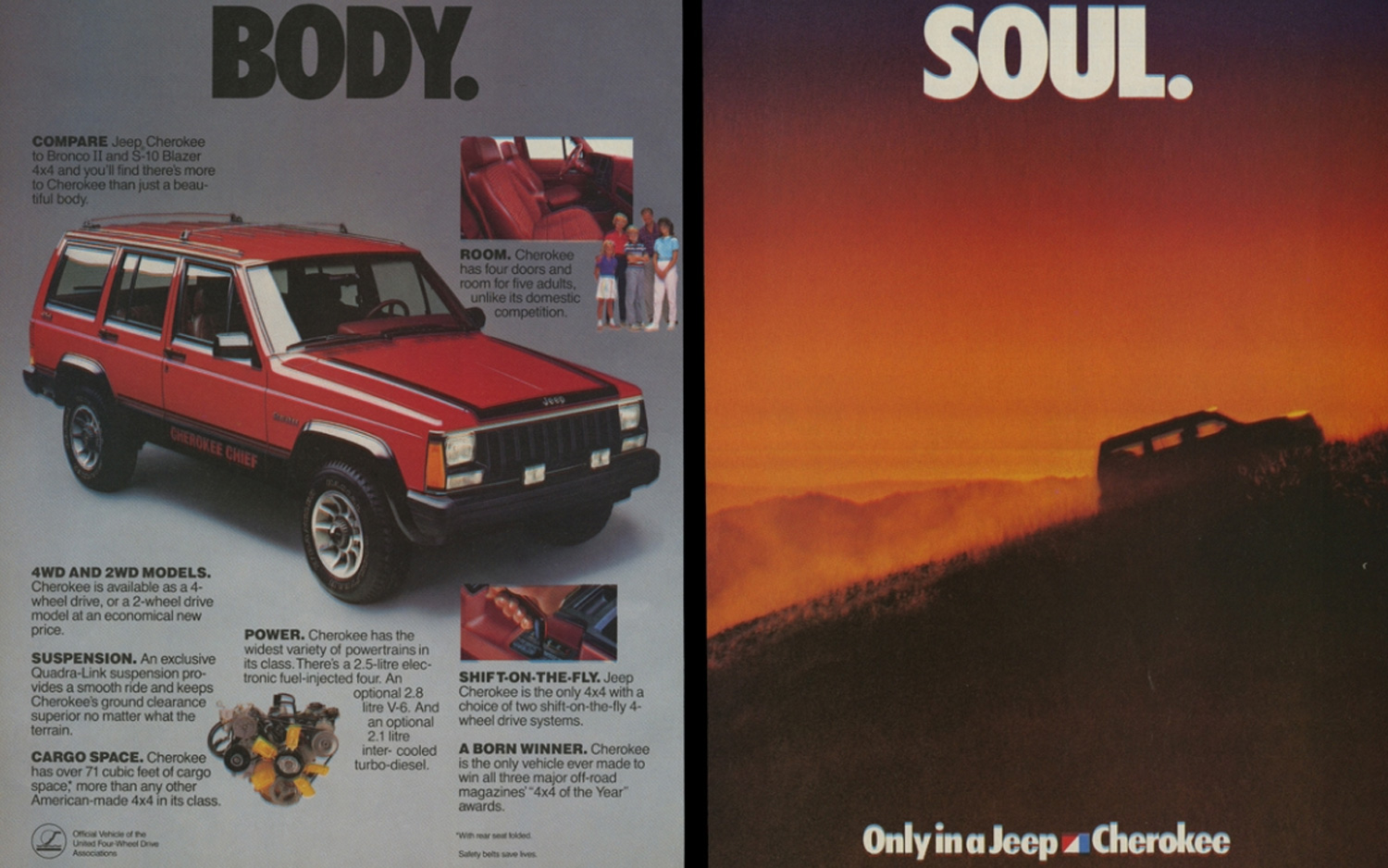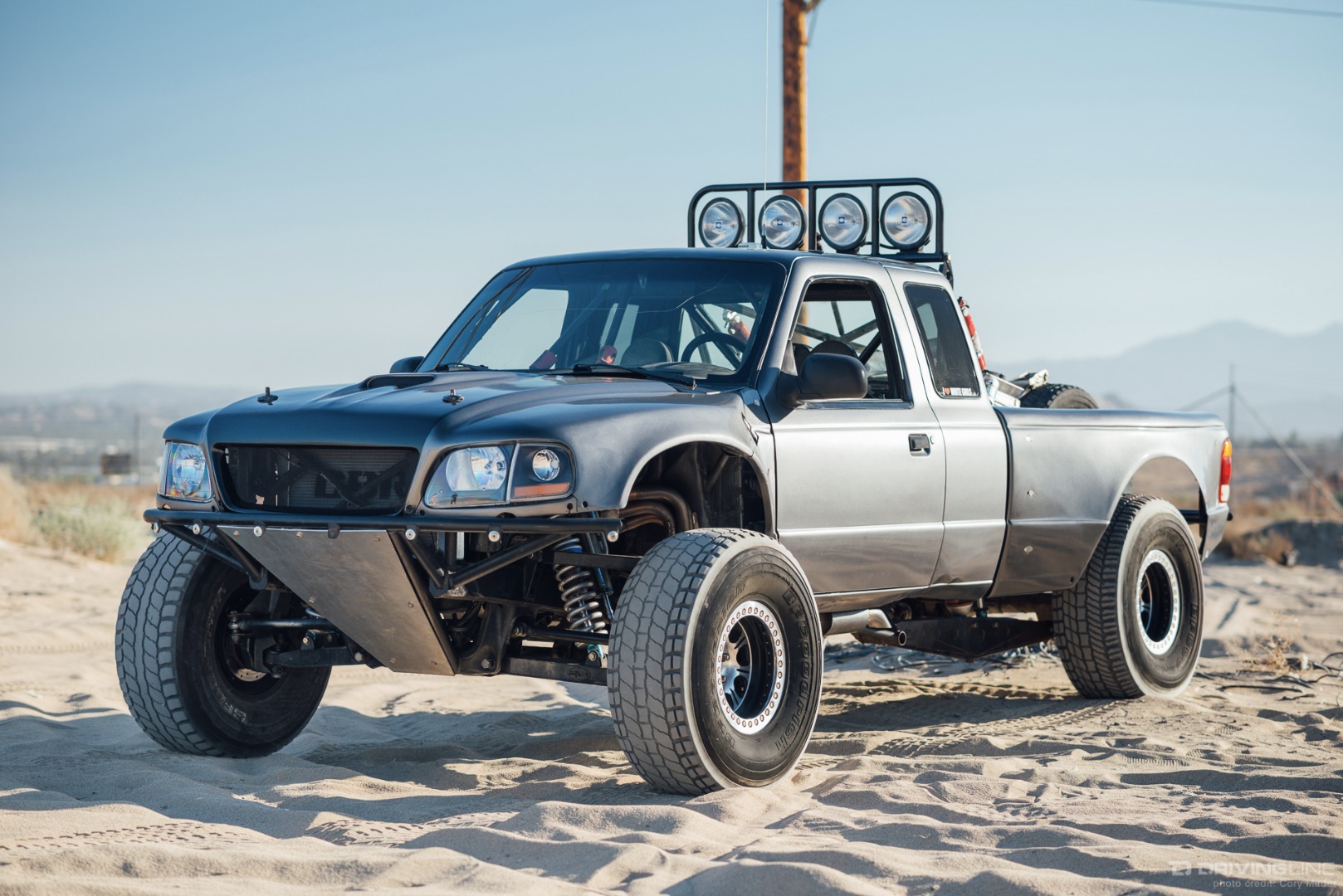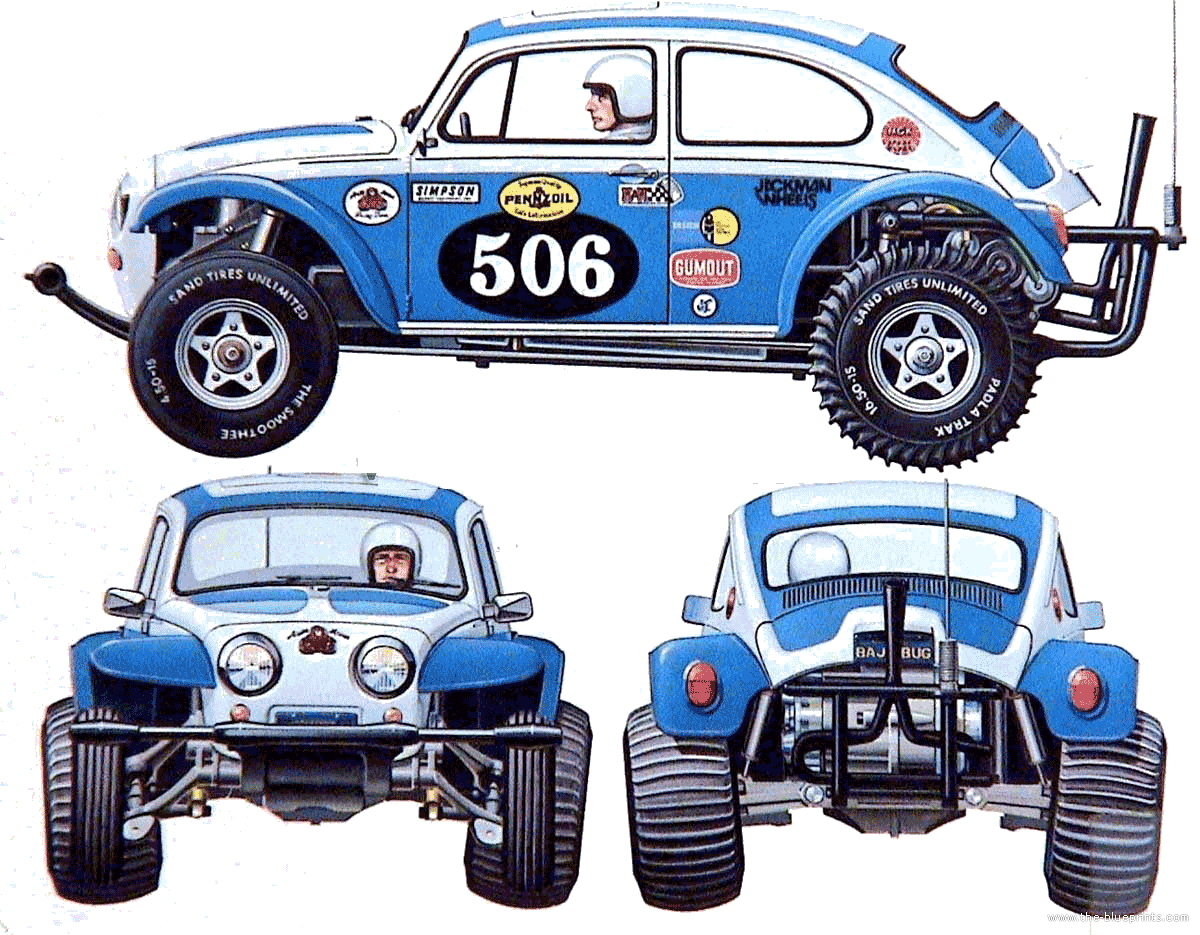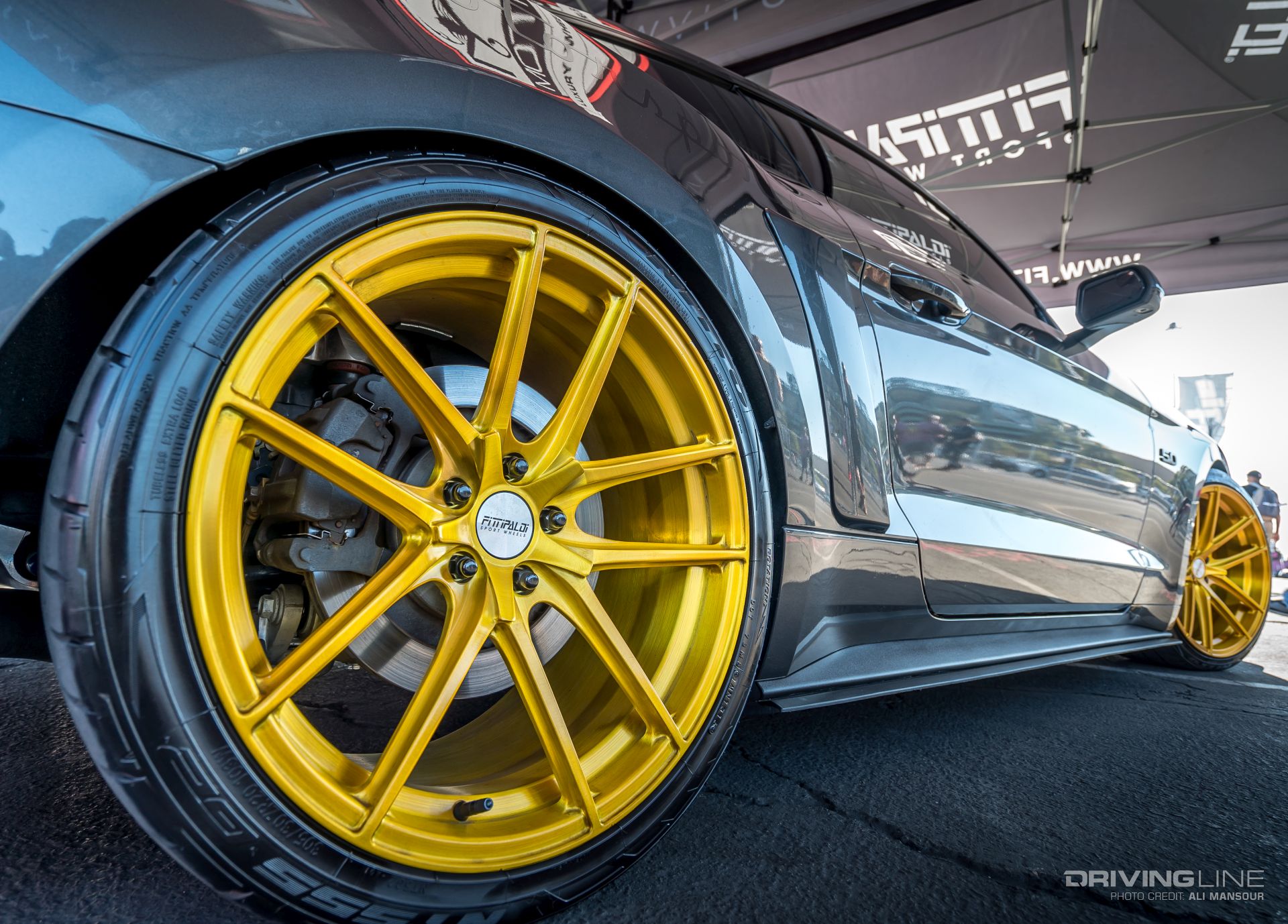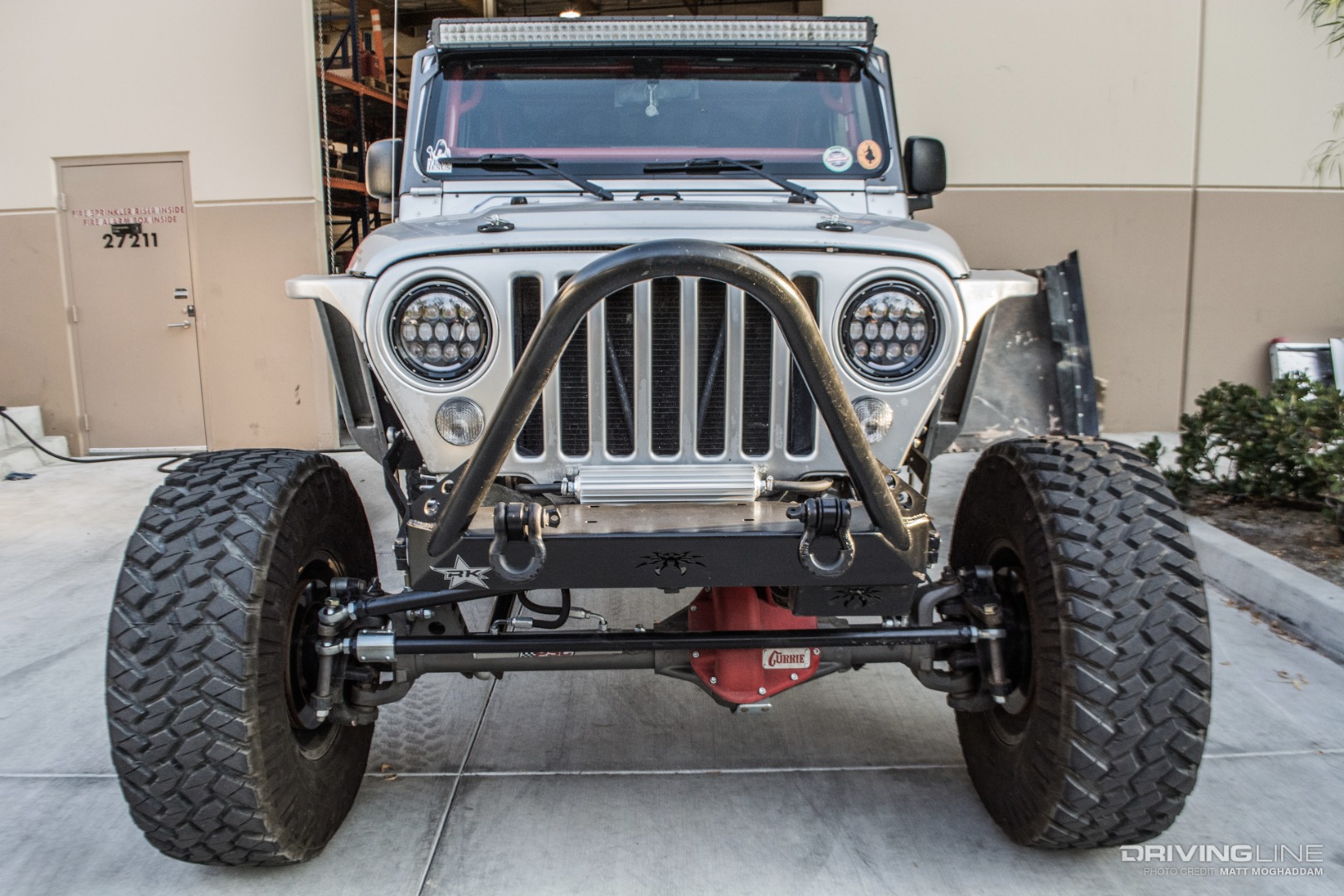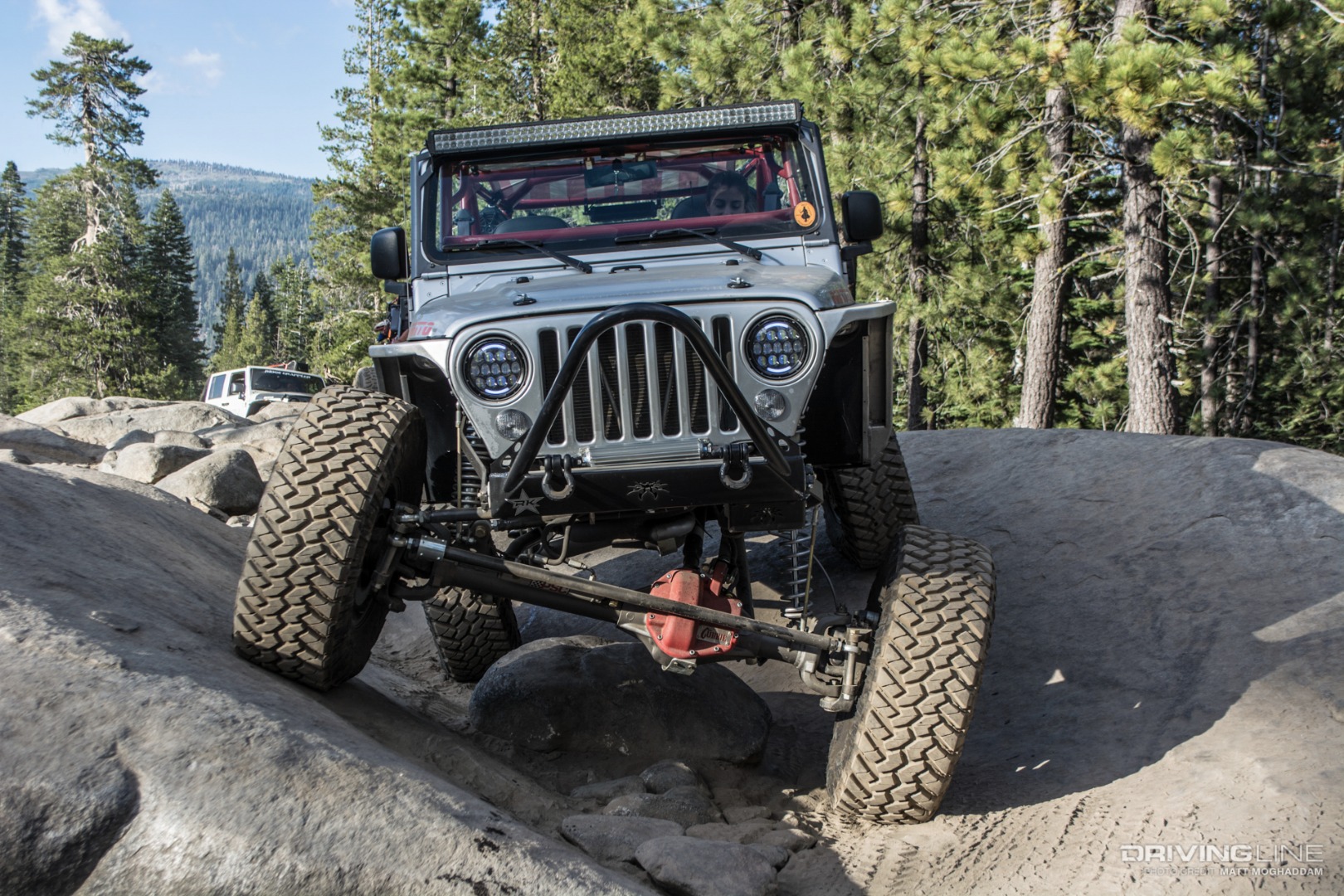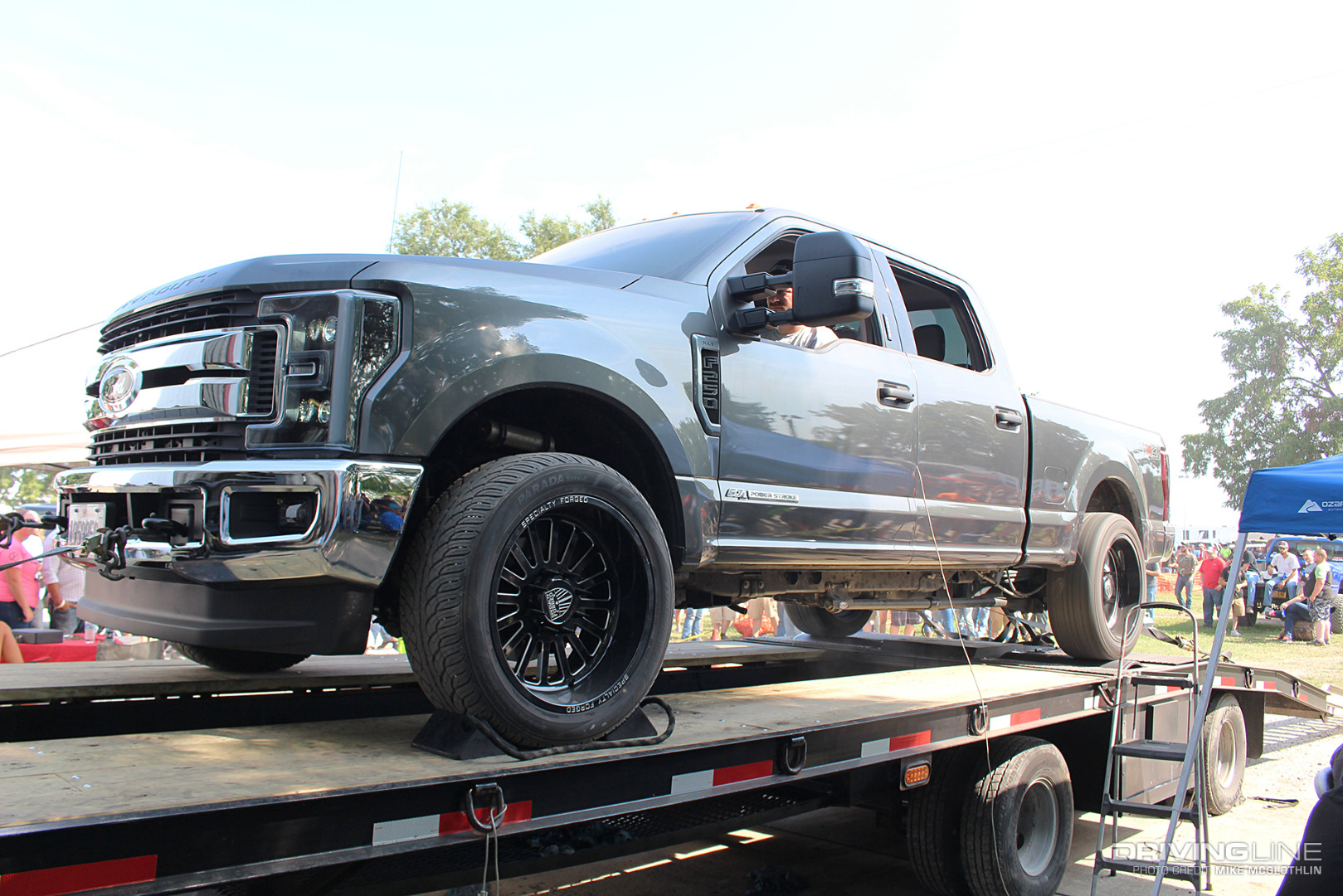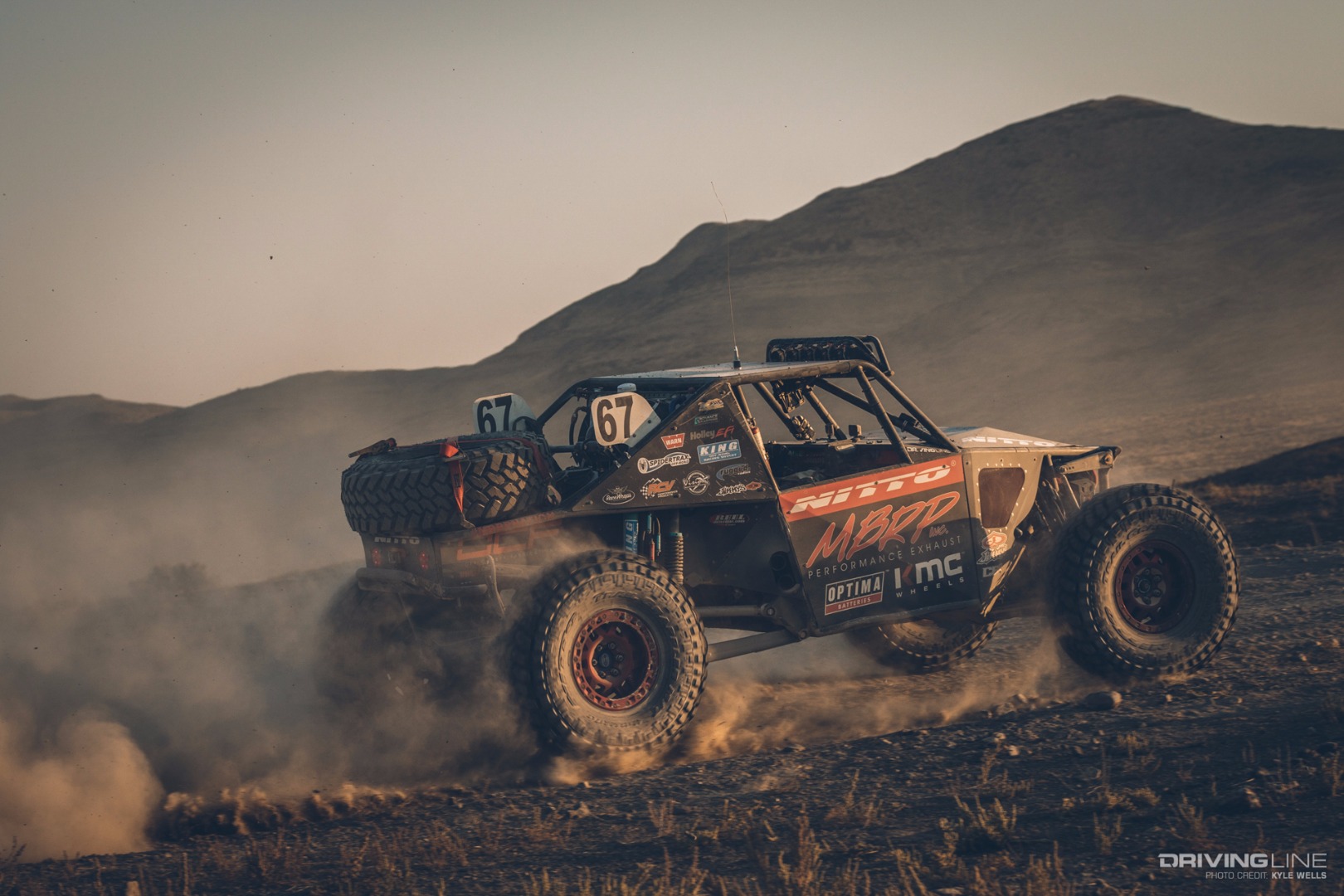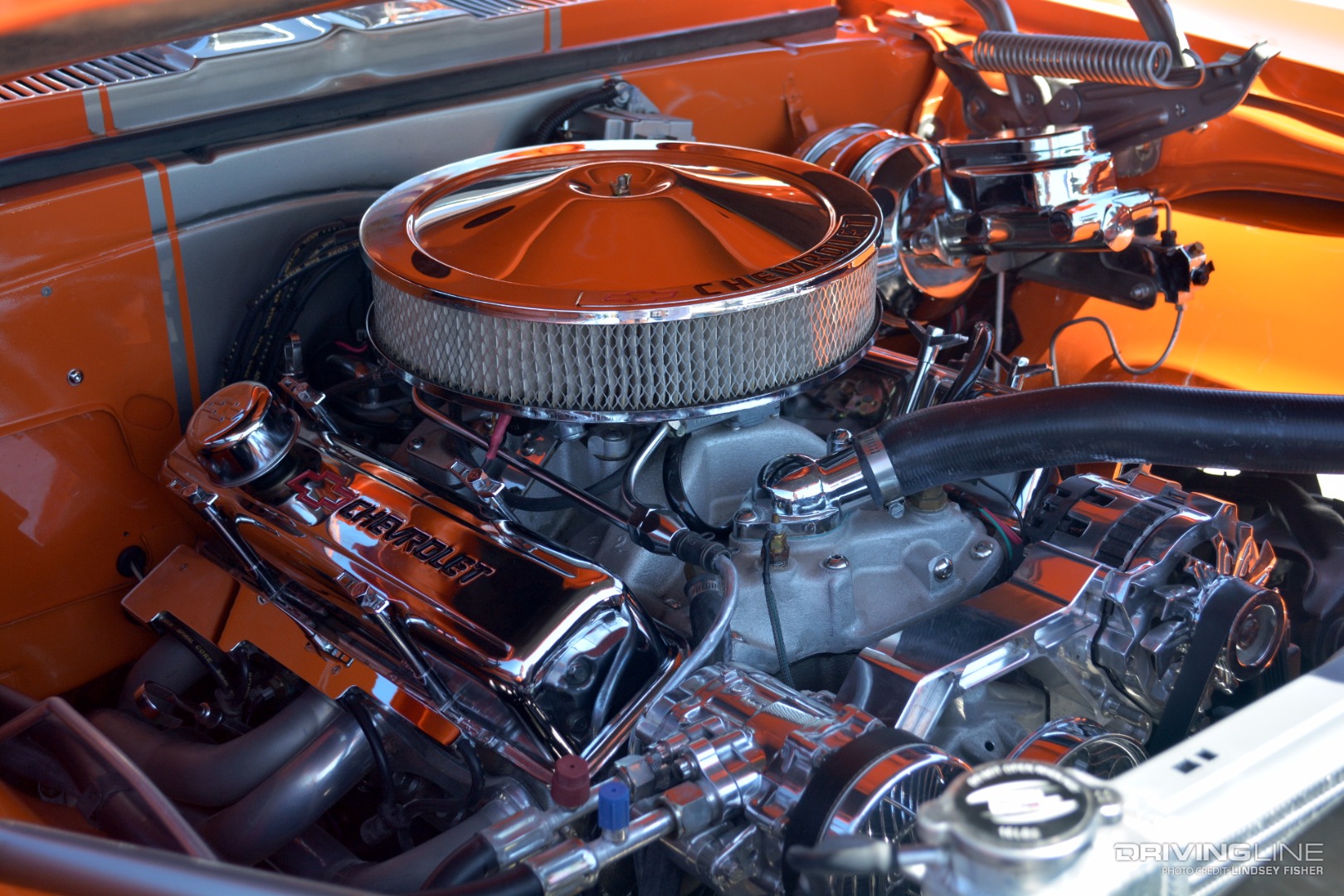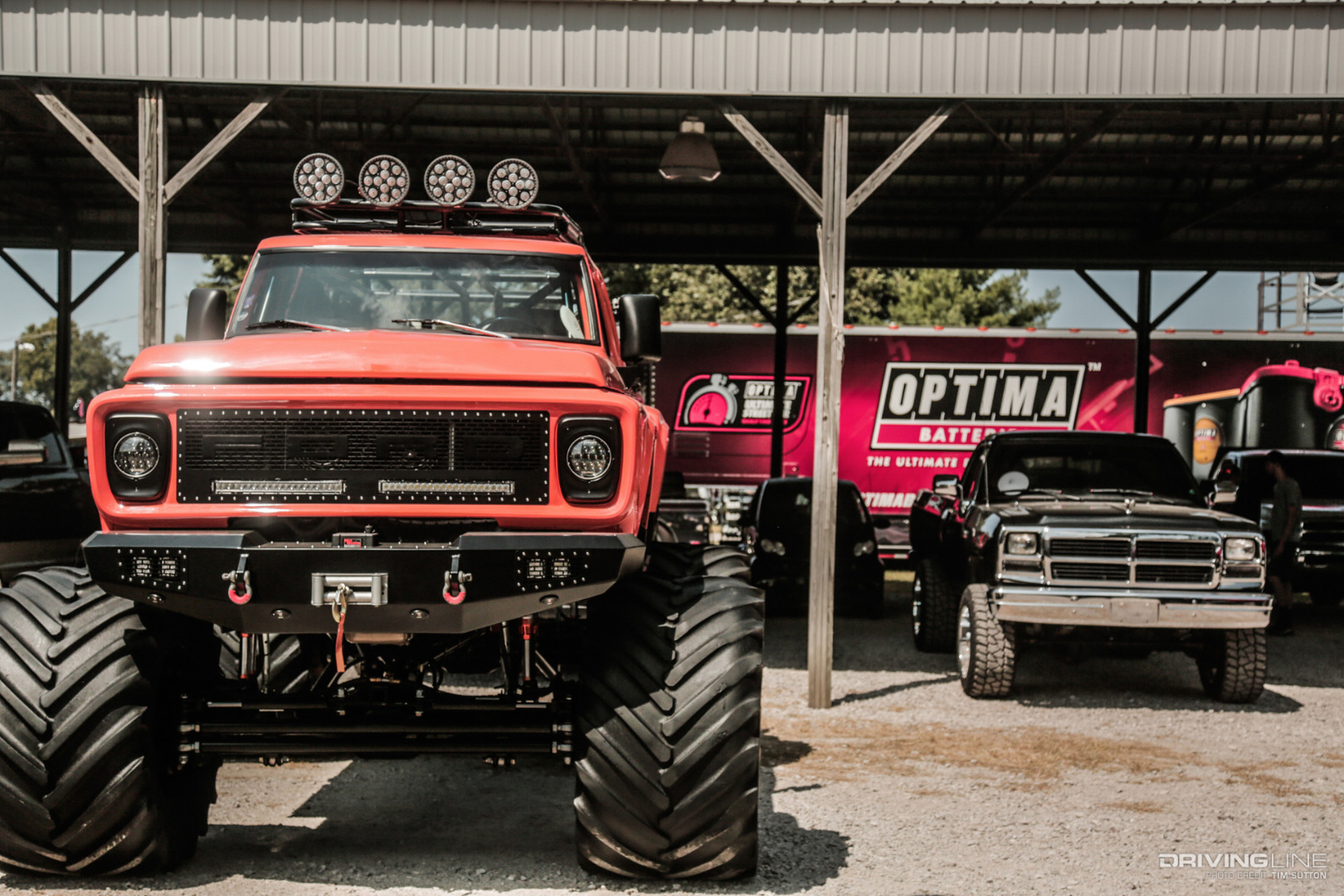So you think it may be time for a new project. Maybe you just finished one, and it’s at a point where you’re comfortable simply driving it around and enjoying it for what it is and need something new to feed the addiction. Or maybe you’re tired of staring at your boring daily driver and want some new excitement in your life. If you’re anything like me, maybe a smokin’ deal comes your way, and although you’re already drowning in several money pits (and are now eating ramen noodles five days a week to afford them), you just can’t let somebody else buy it away from you.
Whatever your situation may be, you’re probably on the lookout for the next bright idea for your friends and family to shake their head at. Over the last two years, I’ve bought and sold around a dozen trucks and off-road vehicles, so I put together a list of the not-so-obvious things to check for when you’re scoping out your next dirt-destined project.
1. Joints and Linkages
![Bad joints on a Ford steering joint]()
Trucks and Jeeps consist of lots of moving parts, and thanks to ball joints, u-joints, links and pivots, they can move freely in their path of travel. But regardless of how low the mileage might be, these joints are indeed wear-and-tear items that need to regularly be changed. It’s usually an oversight when looking at a vehicle, but loose or worn out joints that need to be replaced can really add up quickly to an expensive repair (driveline shops aren’t cheap, trust me).
Do yourself a favor and bring a flashlight and a buddy with you to check out the truck. Have your friend wiggle the steering wheel back and forth while you check all the steering and ball joints in the front end for play. Excessive play means it needs to be replaced. When checking the drive-shaft for u-joint play, place the vehicle on a flat surface, in neutral, with the e-brake disengaged. Climb under, grab the driveshaft around the u-joints, and shake up and down or left and right. Some rotational movement is considered normal, but what you’re really looking for is play in the joint itself (x-shaped piece usually with a grease fitting on it).
2. Shocking Discoveries
![King Shocks coilovers on a Tacoma]()
It’s easy to be blinded by big name shocks and think the truck has money invested into it for serious off-road capability; but unfortunately, this couldn’t be further from the truth. While a top tier shock will perform better than a budget-friendly shock when compared in the correct size and location, many projects I come across on Craigslist have the wrong size shocks for the lift on the vehicle, or the upper and lower mounts have been incorrectly moved to accommodate the wrong size shock.
Ideally, the shocks should have ample up-and-down travel as the suspension cycles. A little research ahead of time can tell you what length shock the vehicle should have for its lift height; all it takes is a tape measure to make sure it’s right once you’re in front of the truck. Another oversight is any kind of leaking oil around the shocks themselves, or below them. This usually indicates the seals are work and the shock needs to be serviced or replaced. Depending on what kind of shock it is, it can be potentially expensive to replace or difficult to rebuild, so keep that in mind.
3. Always Check the Rubber
![DOT number on a Nitto Ridge Grappler]()
The tire condition can tell you a lot about how the previous owner drove the vehicle and how they cared for it. Camber wear indicates a few things such as poor alignment, worn ball joints and possibly even a bent front axle (if on a solid axle vehicle). Cupped tires are another indicator of other problems to address such as bad shocks. If you run your hand down the tread of the tires, and it feels like the surface is wavy, or has peaks and valleys, the tires are cupped. This can result in poor ride quality, excessive tire noise, and it can even cause extra wear and tear on other components such as wheel bearings. Carefully inspect the sidewalls and for any plugs or patches, as these should only be used on the tread portion of the tire, and should never be used on the shoulder or sidewall.
One more thing to check for is the DOT date of the tire, normally printed on the sidewall. This date represents the date the tire was manufactured. Tires that are more than five years old should not be used, due to the change of properties in the rubber over time. Off-road tires can add up to a significant expense if you need to replace them all right away, so knowing what to look for can help you make a smarter choice.
4. Spaghetti Belongs on Your Plate, Not Your Truck
![A bad wiring job can be dangerous]()
Off-road vehicles tend to have lots of accessories wired into them such as lights, compressors and radios. While these accessories are often useful selling points, they can come with plenty of headaches if not installed properly. I’ve come across my fair share of modified vehicles that have plenty of accessories I would want, but I have walked away due to an incorrect (and sometimes scary) wiring mess.
It’s always good practice to look under the hood and under the dashboard for loose wires, or hokey installations using non-insulated connectors, vampire-bite style taps and even household wire nuts. A good wiring job consists of fused links, relays, shrink wrap, soldering, wire loom, solid ground connections and zip-ties holding everything up and out of the way. A bad wiring job can be very dangerous, and not a fun job to re-do after the fact.
5. Take It Off-Roading
![4x4 indicator on the dashboard and transfer case shifter]()
OK, not really... but always, always, always try out the four-wheel drive! It’s worth your time to get the truck onto a patch of dirt or gravel (or any loose surface) and engage the four-wheel-drive system. It’s unfortunate that some sellers bank on the possibility that the new buyer won't check for this when they know there’s an issue with the drivetrain. A transfer case, front driveshaft or front gear set will set you back quite a bit, so it’s definitely worth the extra attention before handing over your cash.
On vehicles with manual locking hubs, make sure you lock both left and right hubs, engage the transfer case in both high and low range, and listen for any unusual clunks, ticks or other noises. Vehicles with automatic transfer cases will often have a switch on the control panel that activates four-wheel drive. These systems can be finicky, but they will usually engage while inching the vehicle forward or backwards. Depending on the vehicle, these actuators can be costly and difficult to replace if need-be, so keep that in mind when setting your budget.
6. Say No to Hot Cats
Obviously when looking at any vehicle, it’s important to get a feel for how the engine has been maintained over the years. A good way to gauge a few factors is to look at the catalytic converters, if the truck has them. Luckily, most trucks and SUVs are tall enough to crawl under and take a look.
Many states mandate catalytic converters per their emissions laws, and they must be in working order to pass smog tests. A good indicator of a vehicle with fuel-related issues such as leaking injectors, bad spark plugs, misfiring, ECU-related problems, bad O2 sensors, or even oil and other contaminants in the combustion chamber is the color of the catalytic converter.
By nature, these parts will heat up and discolor to a golden-yellow color. Any purple, blue or ash coloration usually indicates an overheated converter. This can mean several issues are or were present in the vehicle's engine. If you see discoloration, but are still interested in the truck, it’s worth taking to a mechanic you trust to have it looked over.
7. Not All Roll Cages Are Built Equally
![Roll cage in a Toyota truck]()
The ad says the truck has a roll cage — awesome! Well, not always. Simply cutting some random tubing and flux-core welding them together does not constitute safety and can even become more dangerous than a vehicle without a cage in the event of a rollover. A good cage is built from the right materials and fabricated in a professional manner.
For most applications, proper cage materials should be .120 wall thickness 1.5-inch 1020 or 1026 DOM (drawn over mandrel) steel at the minimum. The larger and heavier the vehicle is, the thicker and better the steel tubing should be. 4130 chromoly steel is a stronger grade and therefore a better material for cages, but it isn’t a requirement for most off-road racing class safety inspections. Proper installation is also key. Roll cages should have multiple points of contact to the chassis, and should be MIG or TIG welded with the correct settings for proper heat penetration. Taking a flashlight to inspect the welds and knowing what kind of material was used in the cage is a big determining factor every time I look at a vehicle with a cage installed.
8. Toasty Gearboxes
![Transmission Dipstick under the hood]()
Most larger trucks and those with larger tires on them see transmission abuse that normal cars don’t see. Typically, in automatic transmissions, excessive heat causes the oil to break down and diminish its lubrication properties, causing more heat and eventually damaging the internal parts of the transmission.
If the vehicle is equipped with an automatic transmission, one easy way to tell if it has been serviced correctly is to pull the transmission dipstick (sometimes colored red and towards the firewall under the hood), and give it a good sniff. Anything that smells burnt, looks black or has any dark sediment in it is not a good sign. Automatic transmission fluid is normally a translucent red color, and shouldn’t smell toasty.
While servicing a transmission and changing the oil isn’t usually an expensive job, a transmission that has already been damaged due to excessive heat will need to be rebuilt sooner or later. That job can cost a few thousand dollars, so knowing the condition of the transmission ahead of time can help you either bargain the price down or convince you to walk away.
I hope these tips are useful for the next time you go take a look at a potential new project. Of course, check the CarFax, push every button and switch on the dash, and go for a long test-drive. In addition to the normal things to look for when buying any used car, keeping these points in mind will help you save money and time down the road. Happy hunting!



